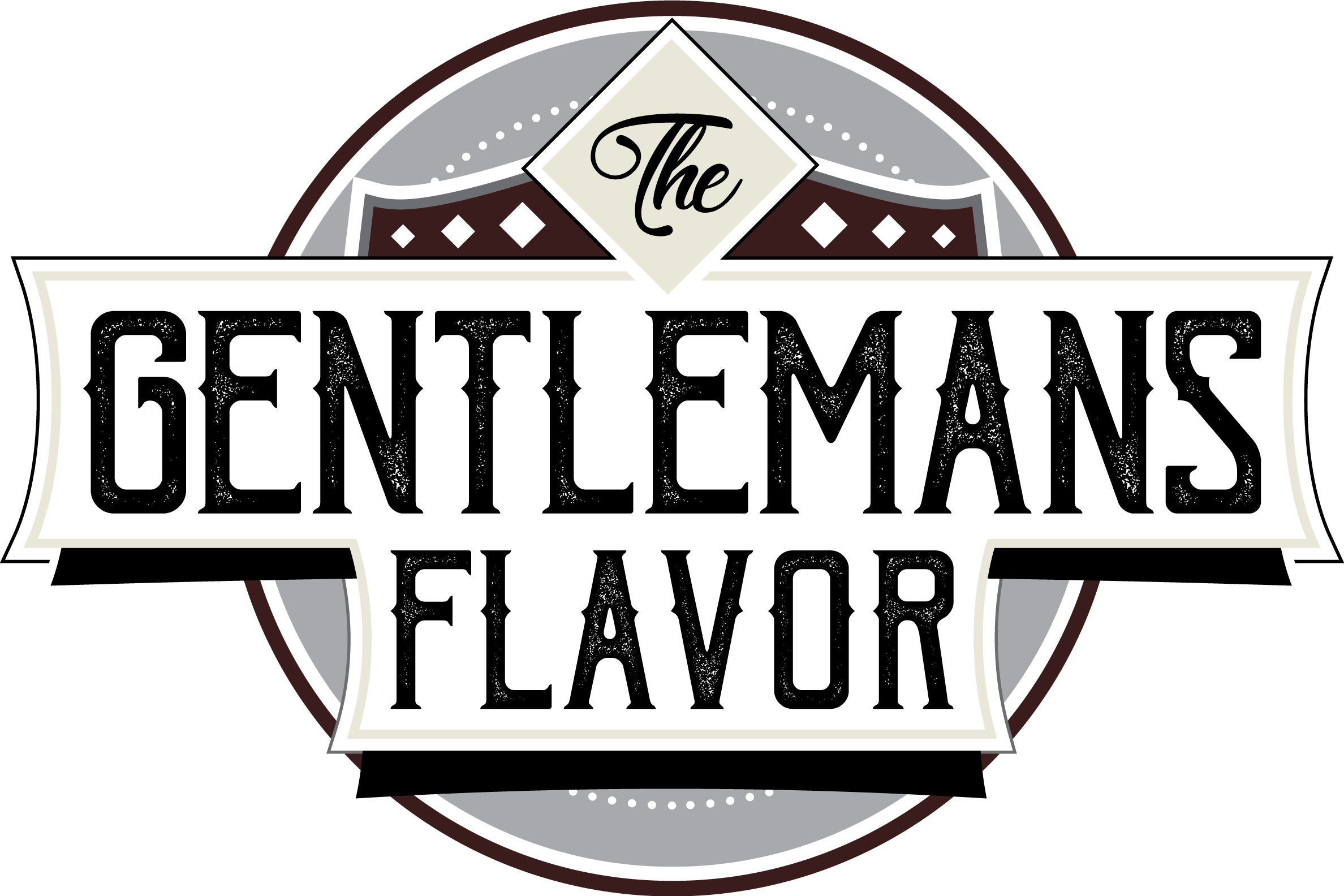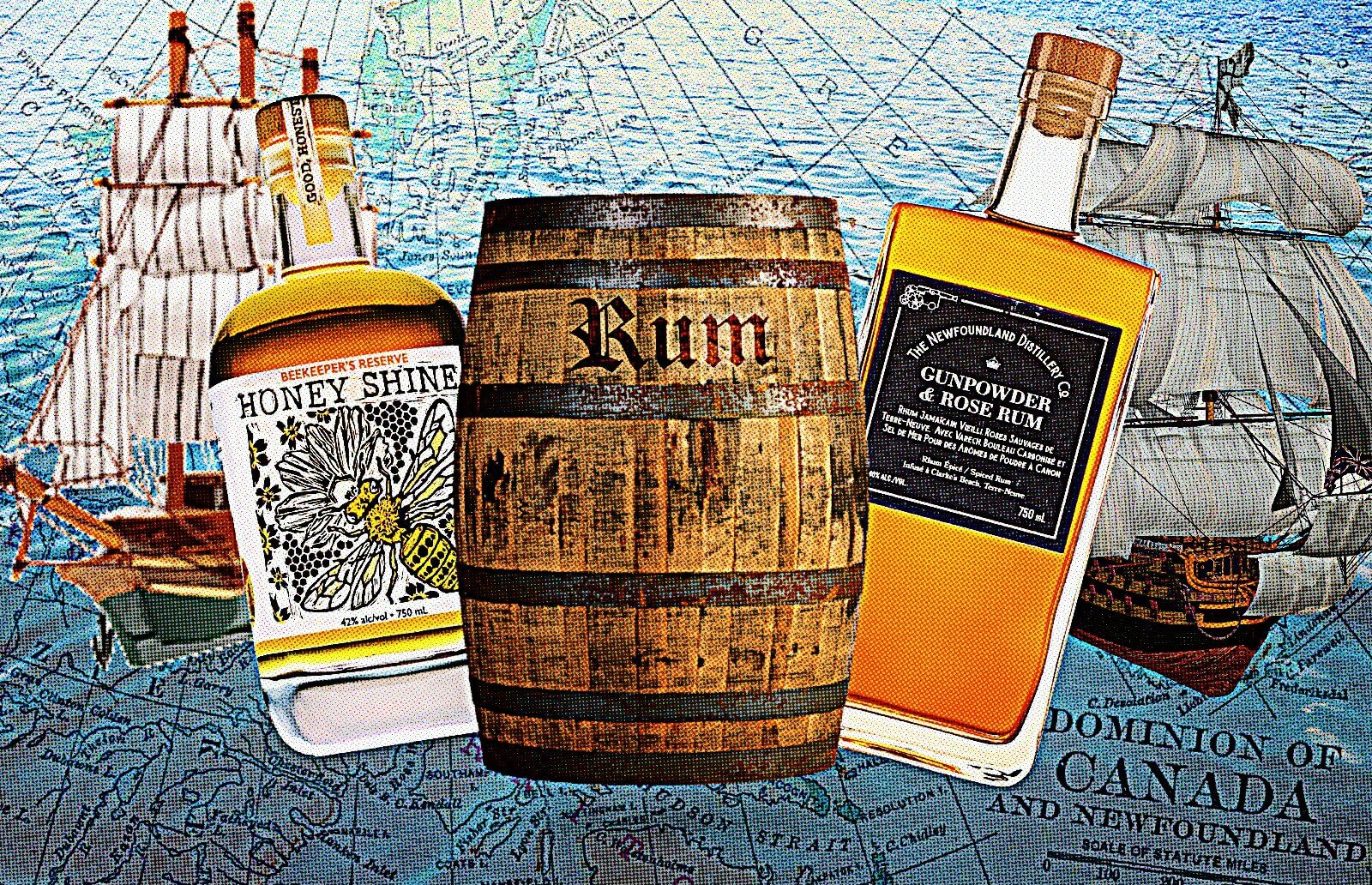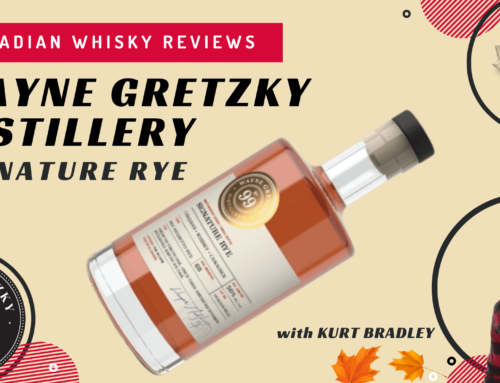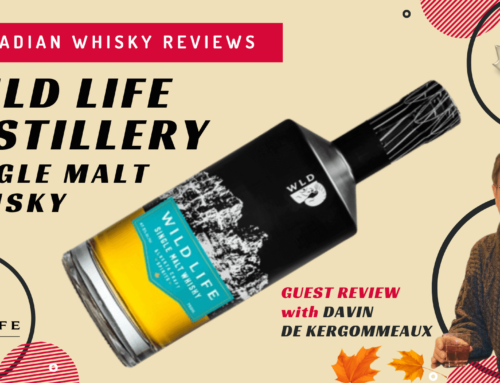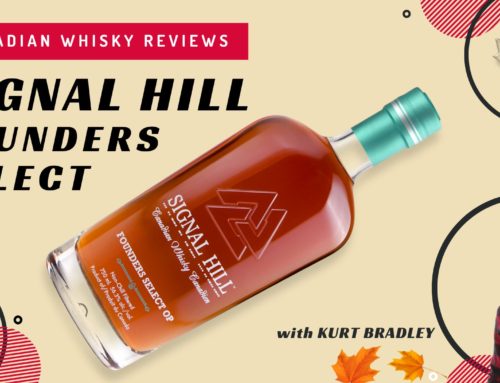Since originating in the West Indies sometime in the 1600’s, rum has remained hugely popular in coastal communities and with those known as ‘sea-faring people’.
To pay homage to the recent craft boom of artisanal Canadian-made rums, we’ve decided to profile two unique coastal Canadian distilleries that are situated on the polar opposite ends of one helluva gigantic country (the second largest country in the world to be exact).
Nestled on the East Coast, in Clarke’s Beach, Newfoundland sits the Newfoundland Distillery Co.
On the West Coast, in Saanichton, Vancouver Island, British Columbia is DEVINE Distillery.
Exactly 7141 km (4437 miles) separate the two locations. Thats’s three different geographical time zones. If one were to drive non-stop (an impossible feat), it would take approximately 3 days and 6 hours to continuously travel from one location to the next, which would also involve having to cross international borders into and out of the United States, as well as having to take two different ferries to leave and enter each island.
From sea to shining sea.
Through they each forage for and incorporate different local raw materials, utilize different methodologies, and are positioned in drastically different coastal climates, each distillery creates exceptional rum expressions in a very different, yet at times similar manner to one another, all in an attempt to proudly showcase their local terroir ‘in a glass’.
But first, a little history of rum in Canada…
Canadian Rum: A Brief History
It just so happens that Canada has a history steeped deep in rum, especially on its coastal regions, and just like the history of Canadian whisky, much of it is floating in controversy.
As early as the 17th century while slave traders were plundering the African continent and forcing the migration of millions of people to the Americas, ships would routinely drop off slaves in the West Indies and then leave with large amounts of rum, sugar and molasses. Afterwards they would continue northward to trade quantities of it along Canada’s East Coast for salt cod and other local goods (in what today is Newfoundland & Labrador and Nova Scotia), before the ships would ultimately head home with all acquired goods (and possibly remaining slaves) to Europe.

The slave trade was at times intertwined with the acquisition of rum. Photo: WikiCommons
According to The Newfoundland Distillery Co.‘s Peter Wilkins, “In the 18th century all the world powers and a range of pirates would fight over parts of Newfoundland – and they were all drinking rum – as it was part of most sailors’ daily ration.”
In early settler days in Canada’s Atlantic provinces, rum was also a very popular commodity for workers who built homes and barns, farmed crops and socialized afterwards.
The ‘rum jug’ was to be always topped up and ready to draw from.
Many years later and on the opposite end of the country, rum running became big business on Canada’s West Coast during the time of Prohibition, as super-fast speed boats smuggled large quantities of rum from Canada to the US along the Pacific Coast between the years of 1921 and 1933 (when prohibition was finally repealed). With outposts heavily concentrated in Vancouver and Victoria Island, rum running was extremely profitable for West Coast gangs who ferried both foreign and locally-produced rum varieties across waters.

‘The Malahat’ was the largest and most storied schooner to smuggle B.C. rum elsewhere
The three main routes of rum running existed between Vancouver, B.C and Los Angeles, Windsor, Ontario and Detroit and Lunenberg, Nova Scotia and New York.
If one found themselves by the water, there was sure to be ample rum to tipple somewhere.
Microdistilling and Modern Craft Boom of Canadian Rum
Today, rum production in Canada is pretty much a 100% legitimate operation, as the country is currently experiencing a surge in new distilleries and a boom in craft rum productions nationwide.

Column and pot stills overlook waters of the Atlantic at The Newfoundland Distillery Co.
It first must be understood that to conventionally make rum, one typically requires sugar cane to create its byproduct, molasses.
Sugar cane does not grow in Canada as it is too cold, even in the warmer climes of the West Coast. Thus, Canadian distilleries have always had resort to either purchasing molasses, getting creative by using local raw materials (i.e., honey), or importing aged rums as a base from elsewhere to be altered and bottled on Canadian soil.
The Newfoundland Distillery Co., Clarke’s Beach, Newfoundland
At The Newfoundland Distillery Co., owners William Carter and Peter Wilkins choose to import aged rums from Guyana and Jamaica and then tinker with them by adding a variety of intriguing locally-sourced ingredients and botanicals to create a spiced rums that are entirely different than what typically comes to mind when you think of a spiced rum.
This stuff ain’t no Screech.

Clarke’s Beach, Newfoundland

Cod Kiss: part of a Newfoundland ‘Screech-In’
Their Gunpowder and Rose Rum for example, takes an aged Jamaican rum and fuses Newfoundland sea salt, kelp and charred birch, to effectively mimic the gunpowder flavor that was found in the daily rum rations of the British sailors of yesteryear.
To test the alcoholic proof of their rum, British sailors would add gunpowder and then attempt to ignite it. If it would flare up, then it was deemed ‘navy-strength’ and worthy of swilling. If it fizzled, it was merely grog.
To soften the bite of the gunpowder, The Newfoundland Distillery Co. adds rose which imparts a delicate floral essence, alongside a long finish to a wonderfully complex and truly unique spirit.
The Chaga Rum is the boldest of the two rum expressions procured by The NDC, which utilizes a truffle-like mushroom called Chaga that grows on birch trees in Newfoundland, and infuses it (and local Newfoundland honey) with five year old Demerara rum from Guyana.
The Chaga mushroom imparts a smoked, earthy, mushroom character to the dark rum, which is softened and rounded out by honey on a long warming finish.
According to Wilkins, “Rum is by some distance the most popular drink in Newfoundland. Of every two bottles of spirits sold in Newfoundland, one is rum, so we wanted to make a drink that rum fans would enjoy”.
Which they most certainly did, as the Chaga Rum recently won a silver medal as well as ‘Best Canadian Spiced Rum’ at the World Rum Awards in San Francisco.
To read about how the Gunpowder & Rose Rum paired with a cigar, click HERE
A cleverly floral and sophisticated salt-and-peppery brine supports vanilla and brown sugar. If the navy gave this rum to sailors headed into battle, they’d think they were aboard the HMS Pinafore.“
-Davin de Kergommeaux in The Definitive Guide To Canadian Distilleries on the Gunpowder & Rose Rum
DEVINE Distillery, Vancouver Island British Columbia
“We’ve never done things the easy way” states Noelle Quin, Tasting Room Manager at DEVINE Distillery, as she explains the distillery’s decision to use local honey instead of purchased molasses as the raw material to make their rums. The distillery has always aimed to showcase the local terroir in all of their spirits which tends to get “more laborious and expensive, yet rewarding” according to Quinn, as they either source their raw ingredients as close to the distillery as possible, or simply harvest them on their own.

Saanich Peninsula, B.C.
DEVINE partners with The Honey Bee Centre in Cloverdale, B.C. for the honey used in their Honey Shine Amber and Black Bear Spiced rums, and have been officially deemed a 100% craft distillery as they use only ingredients native to B.C., to ultimately ferment and distil on site to make all their spirits. Situated on Vancouver Island within the warmest province in the country, the coastal climate also tends to have an abundance of salinity in the air, which bears well on the final character of an aged spirit.
‘Taste the peninsula in every glass’ is among one of the statements vigorously upheld at DEVINE.

Honey Shine Amber Rum
Similar to Newfoundland Distillery Co., DEVINE Distillery offers a spiced rum called Black Bear. Adding whole spice to the barrel and without any backsweetening or sugaring, Black Bear is a much dryer expression than your typical spiced rum and is produced in small batches, which sometimes means they have to adjust their recipe to achieve consistency depending on the freshness of the spices. “There is a beauty in the variability of being craft” states Quinn, “you know you’re tasting the actual spice in your rum as opposed to simply ‘Flavor Number X’.
Our Black Bear tastes fresh, it tastes real, it tastes like nature, because that’s all it is. Honey, water, whole spice”.
At DEVINE, Distiller Kevin Titcomb and Master Distiller Ken Winchester carry out the distillery’s vision of a creating a wonderful ‘field to glass’ offering within their line of rums and other spirits, like their highly acclaimed Glen Saanich Single Malt Whisky.
There is a beauty in the variability of being craft – you know you’re tasting the actual spice in your rum as opposed to simply ‘Flavor Number X“
Rum & Beyond
Similar to many Canadian craft distilleries, both The Newfoundland Distilley Co. and DEVINE and create an array of spirits, including the clear varieties that often help young distilleries get on their feet while the darker ones age.
Among their other big liquid accomplishments include The NDC’s Aquavit (another Silver medal winner in San Fransisco), Rhubarb Vodka and Cloudberry Gin as well as DEVINE’s Ancient Grains Alt Whisky, Genever Gin and an assortment of wine varietals – as they first got their upstart as a vineyard back in 2007.

Cloudberry Gin from The Newfoundland Distillery Co.
Recently, we received word from a very excited Wilkins that they’ve just laid down some whisky made with local Newfoundland grains, which they will add to their spirit line after its three year minimum rest in oak.
Regardless of the different paths taken toward bottling rum, Canadian distillers like The Newfoundland Distillery Co. and DEVINE Distillery aim to showcase what their natural coastal surroundings have to offer to a rum, putting a truly Canadian spin on an age old, and well storied spirit.
– Kurt Bradley
The Newfoundland Distillery Co. is located at 14 Conception Highway, Clarke’s Beach NL A0A 1W0 [709] 896 0234.
www.thenewfoundlanddistillery.com
DEVINE Distillery is located at 6181B Old West Saanich Rd., Saanichton, BC V8M 1W8 [250] 665 6983
